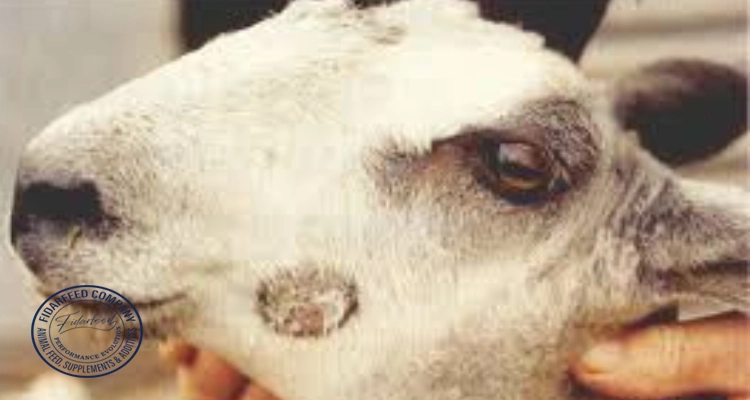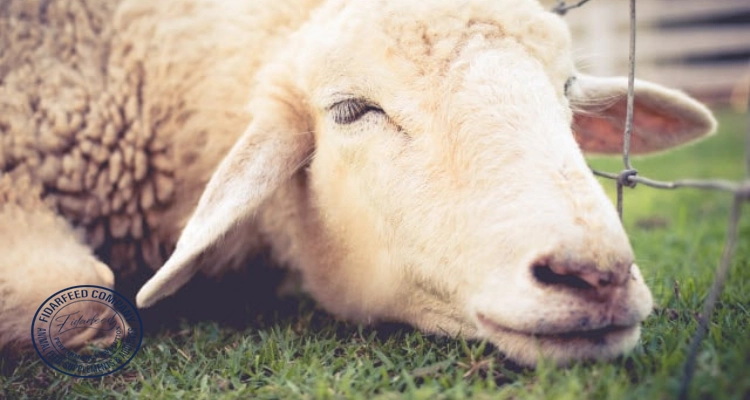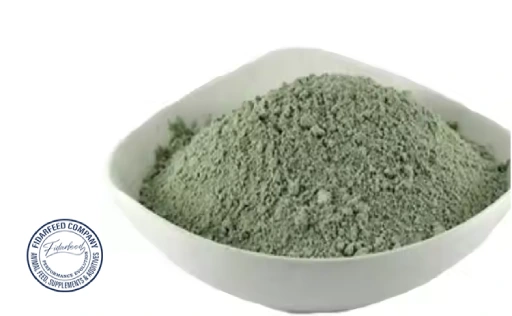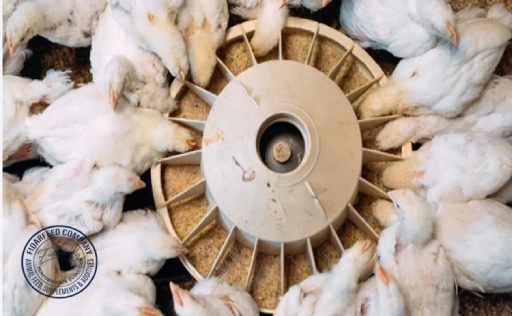
How to Treat Ringworm in Sheep and Lambs is a topic that often causes concern among both seasoned breeders and newcomers. This highly contagious fungal infection doesn’t just affect the health and appearance of your animals—it can also impact the productivity of your flock, especially if left untreated. The good news? With the right knowledge, practical tools, and a little bit of patience, ringworm can be managed, treated, and even prevented. In this guide, you’ll find everything you need to identify, treat, and control ringworm outbreaks in sheep and lambs, using proven methods and expert-backed insights. Whether you’re raising a few lambs on a small farm or managing a large-scale operation, this article will walk you through every step—clearly, practically, and with real-world advice.
What Is Ringworm in Sheep and Lambs?
Understand the Basics Before You Begin Treatment
Ringworm in sheep and lambs, also known as dermatophytosis, is a skin disease caused by a group of fungi, most commonly Trichophyton verrucosum. Unlike its name suggests, ringworm isn’t caused by a worm at all—it’s a fungal infection that affects the outer layers of the skin, hair, and wool. It typically appears as circular patches of hair loss with a grayish crust and can occur anywhere on the animal’s body, though it’s most often found on the head, ears, and neck.
Learn more about: TMR Silage Animal Feed
This condition spreads rapidly through direct contact between infected and healthy animals or indirectly through shared equipment, feed troughs, or bedding. It’s particularly common in young lambs, especially those under stress, poorly nourished, or kept in humid and overcrowded conditions. Besides being a health concern, ringworm also poses economic risks by affecting wool quality, delaying growth, and requiring treatment and isolation measures.
How to Recognize Ringworm in Sheep and Lambs
Early Signs and Symptoms Every Breeder Should Know
Spotting ringworm early can make a big difference in treatment success and preventing an outbreak. The most obvious symptom is circular, crusty patches of hair or wool loss, often surrounded by raised edges that resemble a ring—hence the name.
These patches may start small but can spread quickly if untreated. Affected areas often appear on:
-
The face and ears
-
Around the eyes
Learn more about: The Essential Guide: How Do Sheep Help Farmers?
-
The neck and shoulders
-
Occasionally on the body and limbs
Lambs with ringworm may scratch or rub against objects, indicating irritation or discomfort. In more advanced cases, the skin under the lesion can become inflamed, thickened, or scaly. Though generally not life-threatening, ringworm can weaken lambs and reduce weight gain, especially in fast-growing or market-ready animals.
Causes and Risk Factors of Ringworm in Your Flock
Why Sheep and Lambs Get Ringworm and How It Spreads
Ringworm thrives in specific environmental and management conditions. Some of the most common risk factors include:
-
High humidity and poor ventilation in barns or shelters
-
Overcrowding, especially during transport or winter housing
-
Poor hygiene in shared equipment (e.g., shearing tools, feeders)
Learn more about: The Complete Guide to Sheep Farming for Beginners
-
Weakened immune systems, often due to malnutrition or parasitism
-
Young age, as lambs are more susceptible to infection
The fungal spores are remarkably resilient, surviving in the environment for months. This is why outbreaks often occur in the same facilities year after year unless cleaning and disinfection are rigorously applied.
How to Treat Ringworm in Sheep and Lambs Safely and Effectively
Step-by-Step Guide to Proven Treatments That Work
The goal of treatment is to kill the fungus, limit spread, and support skin healing. While ringworm can resolve on its own over time, intervention shortens recovery and prevents outbreaks.
Here’s a practical treatment protocol:
-
Isolate affected animals to prevent spread.
-
Clip the wool around the infected area to expose the lesion.
-
Clean the lesion gently using warm water and a mild antiseptic.
-
Apply antifungal treatment, such as:
-
Topical iodine solutions (e.g., 2% iodine tincture)
-
Lime sulfur dips or sprays
-
Antifungal creams with clotrimazole or miconazole (in small flocks)
-
-
Repeat treatment every 5–7 days until lesions resolve.
Learn more about: The Complete Guide: How to Run a Successful Sheep Farm
In larger outbreaks, flock-wide treatments such as antifungal sprays or dips may be needed. Always follow veterinary advice, especially when using medicated products. Some breeders also supplement with vitamins A and E to support skin regeneration.
Cleaning and Disinfection: A Critical Part of Treatment
How to Sanitize Barns and Equipment to Stop Reinfection
Treating the animals is only half the job. Without proper disinfection, the fungus remains in the environment and can infect others later.
Follow these essential steps:
-
Disinfect housing areas, paying special attention to cracks, wood surfaces, and feeding stations.
-
Use fungicidal disinfectants like Virkon S, diluted bleach, or formalin solutions (with proper ventilation).
Learn more about: Dorper Sheep Farming: Producing High-Quality Meat for Maximum Profit
-
Clean and disinfect all equipment, such as clippers, grooming tools, and halters.
-
Replace or thoroughly clean bedding and hay racks.
Regular disinfection, even between outbreaks, reduces fungal load and helps maintain flock health.
Preventing Ringworm in the Future: Tips for Breeders
Simple Practices to Keep Your Sheep and Lambs Ringworm-Free
Prevention is not only easier than treatment—it’s more cost-effective. Adopt these smart, sustainable practices:
-
Rotate pastures and housing areas to reduce environmental contamination.
-
Maintain good ventilation and avoid overcrowding in barns.
-
Ensure balanced nutrition, including key vitamins and minerals that boost immune health.
Learn more about: TMR Corn Silage: A Complete Guide for Dairy and Beef Farmers
-
Quarantine new animals before introducing them to the flock.
-
Practice regular equipment sanitation, especially during shearing or handling.
Some breeders also use natural antifungals like tea tree oil sprays as preventative barriers, especially in lambing pens or high-risk areas.
When to Call the Vet: Knowing When You Need Professional Help
Don’t Guess—Here’s When a Vet Should Step In
In mild cases, home treatment may be enough. However, seek veterinary help if:
-
Lesions are widespread or not improving after 2–3 weeks
-
Lambs are losing weight or show signs of secondary infection
Learn more about: Mitigating Heat Stress in Sheep: Practical Solutions
-
You suspect the outbreak may affect humans (ringworm is zoonotic)
-
You’re dealing with a high-value breeding or show flock
Veterinarians can recommend prescription treatments, confirm diagnosis with fungal cultures, and provide a long-term health strategy.

Summary: What Every Breeder Should Remember About Treating Ringworm
Key Takeaways for a Healthier, Happier Flock
Ringworm in sheep and lambs is common—but manageable. Early detection, proper treatment, and environmental disinfection are key to controlling outbreaks and protecting your animals. Focus on both treating the infection and preventing its return through hygiene, nutrition, and proactive flock management.
To recap:
-
Recognize symptoms early (circular lesions, hair loss, itching)
-
Isolate and treat infected animals with antifungal solutions
-
Sanitize the environment to eliminate lingering spores
-
Strengthen your flock’s immunity and maintain biosecurity
-
Consult a vet if home treatments aren’t working
By staying informed and prepared, you can protect your flock’s health and your livelihood.






